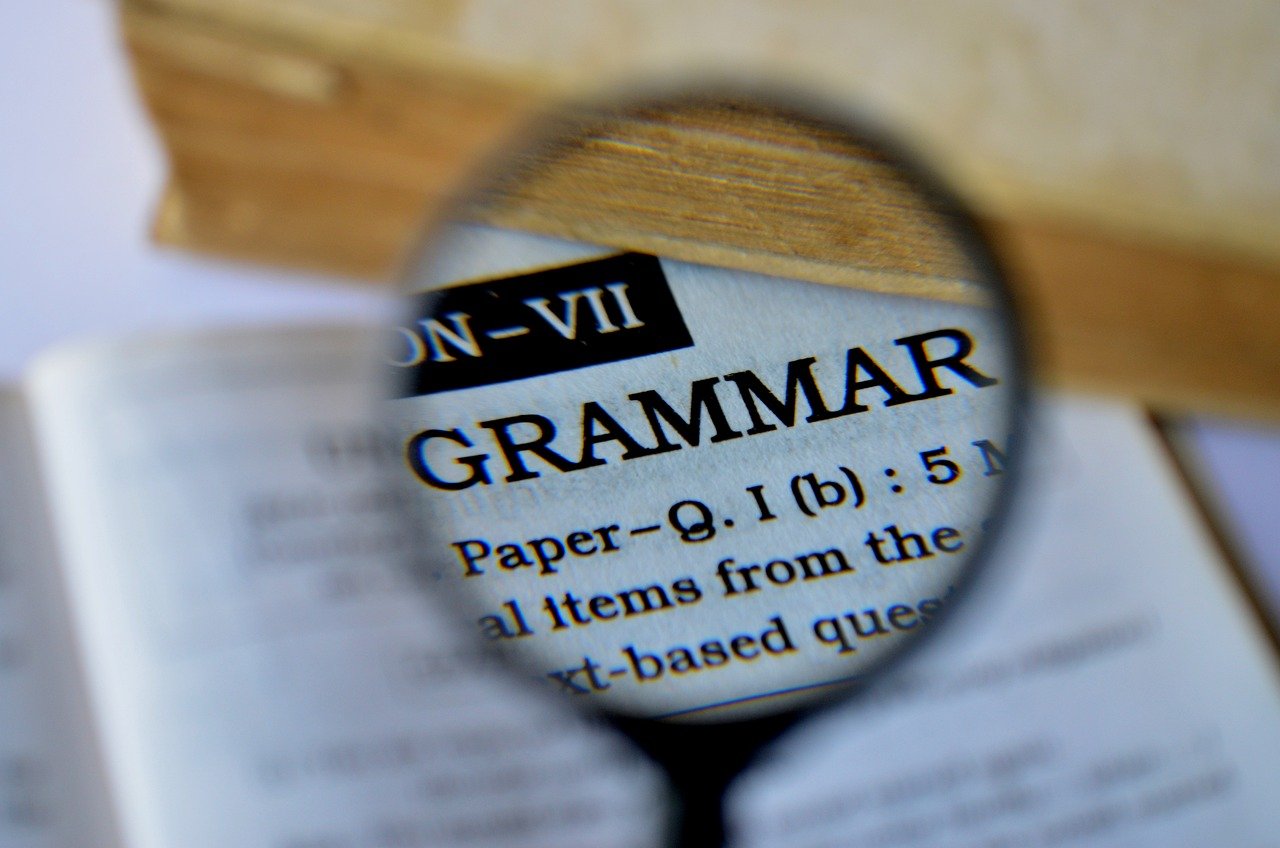The Role of Commas in Sentences
Commas are essential punctuation marks that play a critical role in establishing clarity and coherence within sentences. Their primary function is to indicate a pause, thereby assisting readers in interpreting the intended meaning of a statement. Without the appropriate use of commas, a sentence can become convoluted and lead to misinterpretation. This underscores the importance of understanding how to correctly employ commas in various contexts.
One significant function of commas is their ability to separate items in a list. For example, in the series “apples, oranges, and bananas,” the commas serve to clarify that these are distinct items. The inclusion of the conjunction “and” before the last item further increases clarity, emphasizing that it is the final element in the enumeration. This separation not only enhances readability but also ensures that each item is distinctly recognized by the reader.
Commas also aid in organizing complex sentences, particularly when multiple clauses are present. When sentences contain independent clauses linked by conjunctions such as ‘and,’ their separation with commas can prevent overcrowding and confusion. For example, in the sentence “I enjoy reading, and my sister prefers writing,” the comma before ‘and’ helps to delineate two independent thoughts, enhancing overall understanding.
Additionally, commas are crucial in providing context and nuance to sentences. They can help to introduce non-essential information or sideline clauses, which enrich the sentence without altering its fundamental meaning. By doing so, commas support the reader in navigating through intricate details, ultimately fostering a more comprehensive grasp of the text.
Thus, understanding the multifaceted roles of commas in sentence construction is critical. This knowledge paves the way for a more nuanced discussion of specific comma rules, particularly those associated with the conjunction ‘and.’
Using Commas Before ‘And’ in Lists
The placement of commas before the conjunction ‘and’ in lists is a subject that often causes confusion among writers. In this context, the comma in question is known as the Oxford comma or serial comma, which is placed before ‘and’ in a series of three or more items. For instance, in the list “apples, oranges, and bananas,” the comma after “oranges” indicates that each item is distinct, highlighting the relationships between them. This usage helps avoid ambiguity and clarifies the intended meaning of the list.
While the Oxford comma is widely endorsed by many style guides, such as the Chicago Manual of Style, others, including the Associated Press (AP) Style, do not require its use. This divergence has led to a debate about its necessity and validity. Supporters argue that using the Oxford comma can prevent misinterpretation. For example, the phrase “I love my parents, Lady Gaga and Elvis Presley” can be misread as suggesting that the speaker’s parents are Lady Gaga and Elvis Presley if the Oxford comma is omitted. However, when the comma is included as in the first example, the meaning is clear.
Conversely, opponents of the Oxford comma may argue that it can lead to unnecessary punctuation clutter and is often redundant, particularly if the items in question are straightforward. Each style tends to follow its guiding principles, which may influence whether a comma is included before ‘and’ in a list. Ultimately, the choice to use or omit the Oxford comma often depends on the writer’s personal preference or the requirements of the specific style guide being followed.
Commas with ‘And’ in Compound Sentences
Commas play a crucial role in establishing clarity within sentences, particularly in compound structures that utilize the conjunction ‘and.’ When connecting two independent clauses, the placement of a comma before ‘and’ is often necessary to delineate the separation of related yet distinct statements. The general rule dictates that a comma should precede ‘and’ when it links two independent clauses. An independent clause is defined as a group of words containing a subject and a verb that expresses a complete thought.
For instance, consider the sentence: “I enjoy reading novels, and my brother prefers watching films.” Here, the comma before ‘and’ is essential as it separates two complete ideas. Without the comma, the sentence may initially appear as a single thought, which could lead to misinterpretation. Therefore, the use of a comma in this context enhances clarity and readability for the reader.
Another example illustrating this rule is: “The sun set beyond the horizon, and the sky turned a vibrant shade of orange.” The comma before ‘and’ clearly delineates the two independent clauses, making the sentence easier to comprehend. Conversely, if the comma were omitted, the reader might struggle to distinguish between the two ideas, potentially disrupting the flow and comprehension of the sentence.
However, it is important to note that when ‘and’ connects two items in a simple list, a comma is typically unnecessary. For example, “I bought apples, oranges and bananas” does not require a comma before ‘and.’ Understanding this distinction is essential for effective writing, as incorrect comma usage can alter the sentence’s meaning and confuse readers. Therefore, adhering to the established rules surrounding comma usage with ‘and’ is imperative for clear and effective communication.
Common Mistakes and Misunderstandings
Understanding the proper usage of commas with ‘and’ is essential for clear communication. However, many writers often encounter common pitfalls, leading to confusion in their writing. One prevalent mistake is the misunderstanding of when a comma is necessary before ‘and’ in a list. The Oxford comma, or serial comma, is an optional comma placed before the conjunction in a list of three or more items. While some style guides advocate its use to prevent ambiguity, others do not consider it essential. For example, in the phrase “I would like to thank my parents, Oprah Winfrey, and God,” the inclusion of the Oxford comma clarifies that Oprah Winfrey and God are distinct entities rather than a single entity being referred to as ‘my parents, Oprah Winfrey, and God.’
Another common error arises with compound subjects and predicates. Writers sometimes omit the comma before ‘and’ when linking two independent clauses. For instance, the sentence “I wanted to go for a walk and it was raining” lacks the necessary comma after ‘walk.’ The correct structure should be “I wanted to go for a walk, and it was raining” to properly separate the two independent clauses. This omission can lead to run-on sentences that complicate the reader’s understanding.
Confusion may also occur when the conjunction ‘and’ connects adjectives. In the phrase “The tall and handsome man,” there is no need for a comma, as ‘tall’ and ‘handsome’ work together to modify ‘man.’ Conversely, if each adjective modifies the noun independently, as in “The old, tired dog,” a comma is appropriate. Being vigilant about these distinctions can help writers avoid common misunderstandings related to comma usage with ‘and.’ By familiarizing themselves with these rules, writers can enhance clarity and precision in their writing.



Great info. thanks!